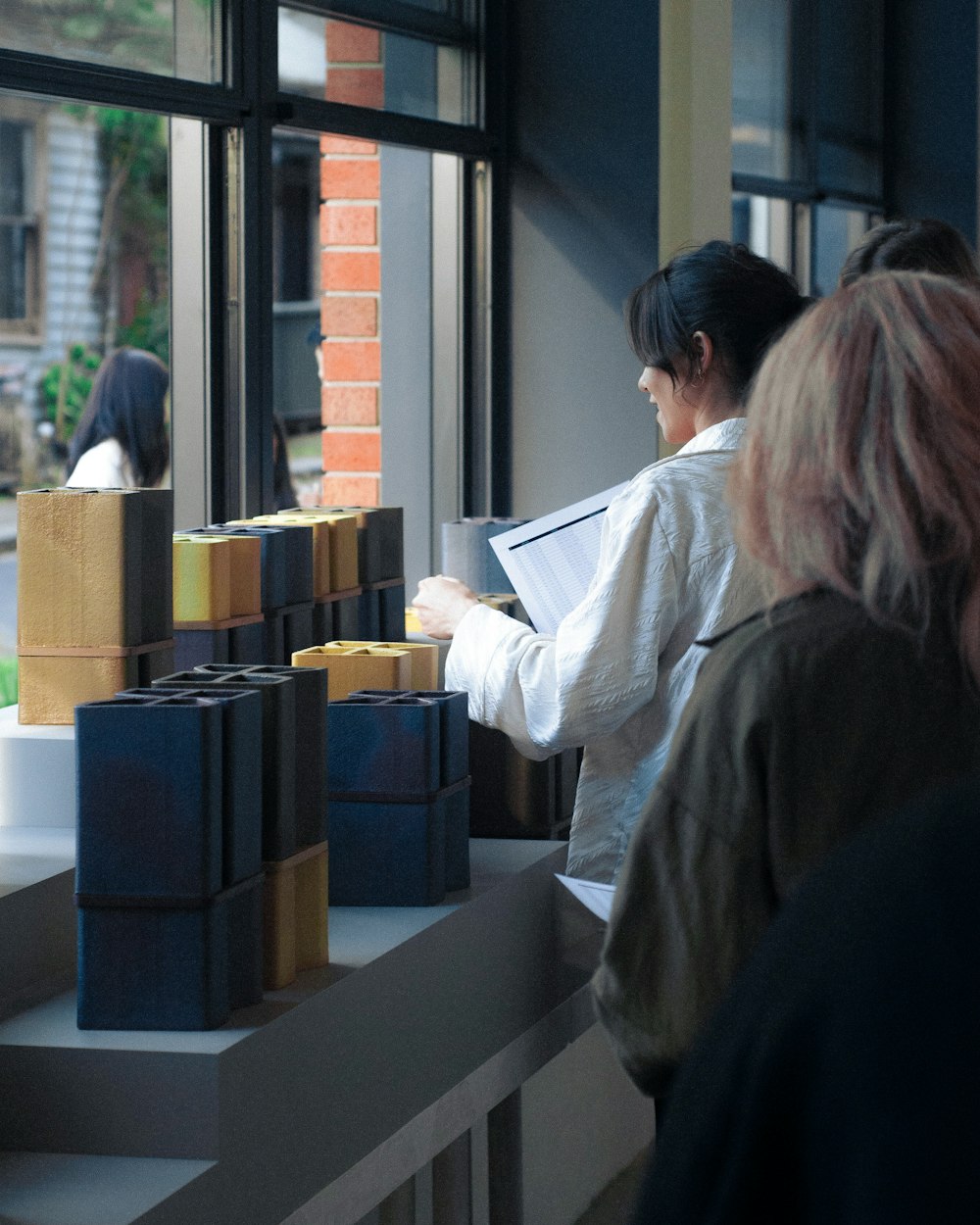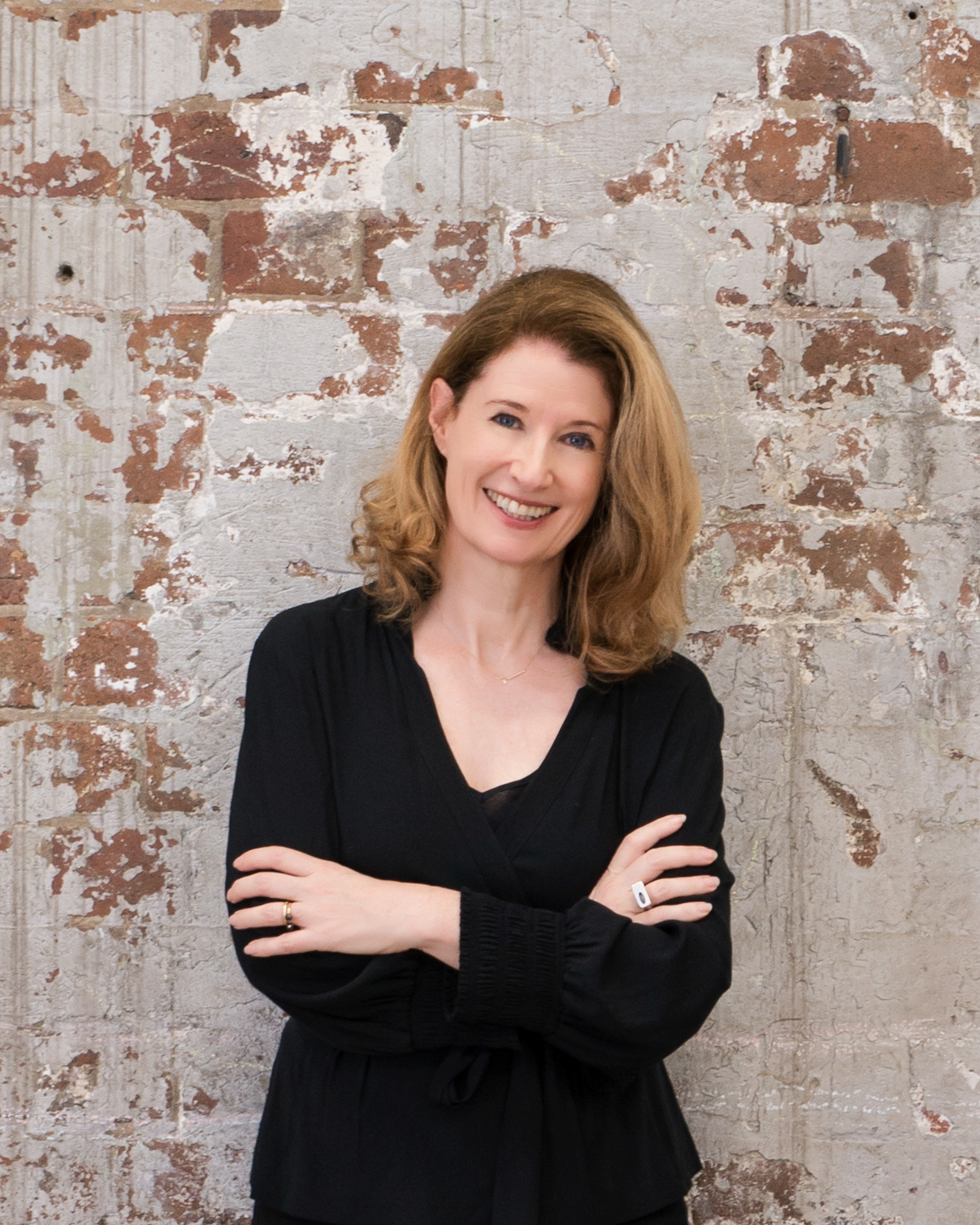Karen McCartney writes about VAS
An article by author and design commentator Karen McCartney about the design approach behind VAS: A reimagined vessel and the exhibition of the collection with The Front Room Gallery.
Projects / 01.2023

“The alchemy of ceramic is always playing its hand by constantly refusing to be biddable and invariably surprising us,” says Creative Director of Anchor, Bruce Rowe. And yet through the rigorous research and development (R&D) programme that the practice has undertaken for close to six years, there are exhaustive efforts to test, document, and apply the results of these experiments.
The practice mantra of, ‘I wonder what would happen if…..’ is the genesis of every hypothesis as the work itself generates many intersecting avenues of enquiry. With a goal of uncovering new knowledge about form, clay and glazes it is key that the R&D strikes out into unchartered territory. ‘There is no point if you can already Google it,” says Rowe.
With the VAS collection (the Latin origin of vas is close to the English ‘vase’ but it also forms part of words such as vascular which pertain to flowing through a vessel) is comprised of a limited series of 48 pieces and is the direct result of practice-based research and applied design thinking from materia to form and surface finishes to create a wholly reimagined vessel made from ‘studio process resources.’
A driving ‘what if’ was the examination of waste or re-claimed clay bodies within the day-to-day operation of the practice. “Clay is a finite resource, but because it is ubiquitous people forget the geological timeline that it takes for clay to form”, says Rowe.
The making of VAS utilises processes of clay body making, extrusion, post extrusion finishing, surface application, engobe development and object curation. In practical terms the development of VAS demanded new equipment, developing processes, techniques, and materials. It is not research for its own sake but an investment that will further Anchor’s making capabilities to scale designs and by understanding variables in outcomes streamline production, and create, in time, a searchable data base for both them and others.
Each VAS piece is formed in three sections – a base, a connector and a top, illustrating how small extruded parts contribute to the formation of a larger whole. Rowe, an architect, explains that it is a nod to how a building is both designed and made through combining component parts by slotting, stacking and mechanical fixing.
Every aspect from the visual, to the tactile, to the aural is considered in the making process. Acknowledging that the sound of ceramic-on-ceramic, as base and top come together can be coarse, a period of trial and error (with rubber, metal and other materials) ensued to create an appropriate connecting element. Eventually they settled on machined oak off-cuts stained to align with the finishes and fluxed surface of the clay bodies.
Visually there is pleasing degree of puzzlement. As the modular form is not overly familiar it sets up a series of questions. Is it a vessel, a sculpture or even a vase of sorts? Can I dismantle and deconstruct it for display? Can I mix base and top across the tones of Banksia, Wattle and Iron Ore (as Jaci Foti-Lowe would like to do) or shall I simply put a gumnut branch in it?
Rowe takes the concept and stretches its meaning to more universal themes. “Literally, VAS is a vessel in that it holds a ‘thing’ – water, ideas, care, our practice, design thinking, material research; a container to both test and hold a multitude of exploratory research streams.”
And this is what sets this collection apart from conventional product design which is more linear in its journey to meet a specific need. Here the outcome is not predetermined nor is it the only logical conclusion as Rowe points out. “Looking at VAS post making, it could seem as though the object and its form are the only possible expression of the material research undertaken. The reality is however, that VAS is just one of an infinite number of possible responses to the material, the research, the vessel typology, and the design process.”
Which leaves the end result in ambiguous territory. While it is loaded with the intent of its process, and indeed every aspect is utterly resolved, the fact that it could equally be any number of things, arranged in a number of ways, moves it away from ‘object as hero’ to ‘object as outcome’. This is an interesting space to occupy in terms of the intersection of art, design, making and conceptual thinking.
What if it were not beautiful? Rowe admits that ‘absolutely aesthetic decisions have been made,’ and points to the softened corners and deep returns of the form, the nine-degree shift from the perpendicular in plan to encourage viewing of the dimensional form and the way light falls across the object to blur the already shadowy surface patterning. The surfaces of each piece in the collection were informed by the experience of the landscape of south-eastern Australia and viewed through this lens they reverberate with a sensibility to place.
These are extraordinary pieces reflecting the collective input of the team at Anchor in ways that are powerful and rare. They feel charged with the thoughtful intelligence applied at every stage of their creation and as such are timeless, worthy and collectible.
Is it wrong to want all 48?
Karen McCartney
About Karen McCartney

Karen McCartney is a Sydney-based editor, author and design commentator. Her books include Iconic Australian Houses and Superhouse, which have both been translated into successful exhibitions at the Museum of Sydney. Books Perfect Imperfect (2015) and The Alchemy of Things; Interiors Shaped by Curious Minds (2018) followed - looking at creative process and interiors where individuality was key to the outcome She is architecture editor of Belle magazine, and has produced a book, Twenty-One Australian Architects; Breaking New Ground with the title. With a strategic planning role at Robert Plumb Group and an editorial advisory role at est_living she also runs Edit’d – a brand consultancy for architects, interior designers and retail brands.
Image Credits
The Front Room - VAS exhibition opening: Liam Harrington
Karen McCartney portrait: Michael Wee
VAS Catalogue
VAS: A reimagined vessel was exhibited with The Front Room Gallery - Melbourne, Australia in 2022. The exhibition catalogue can be viewed here.


